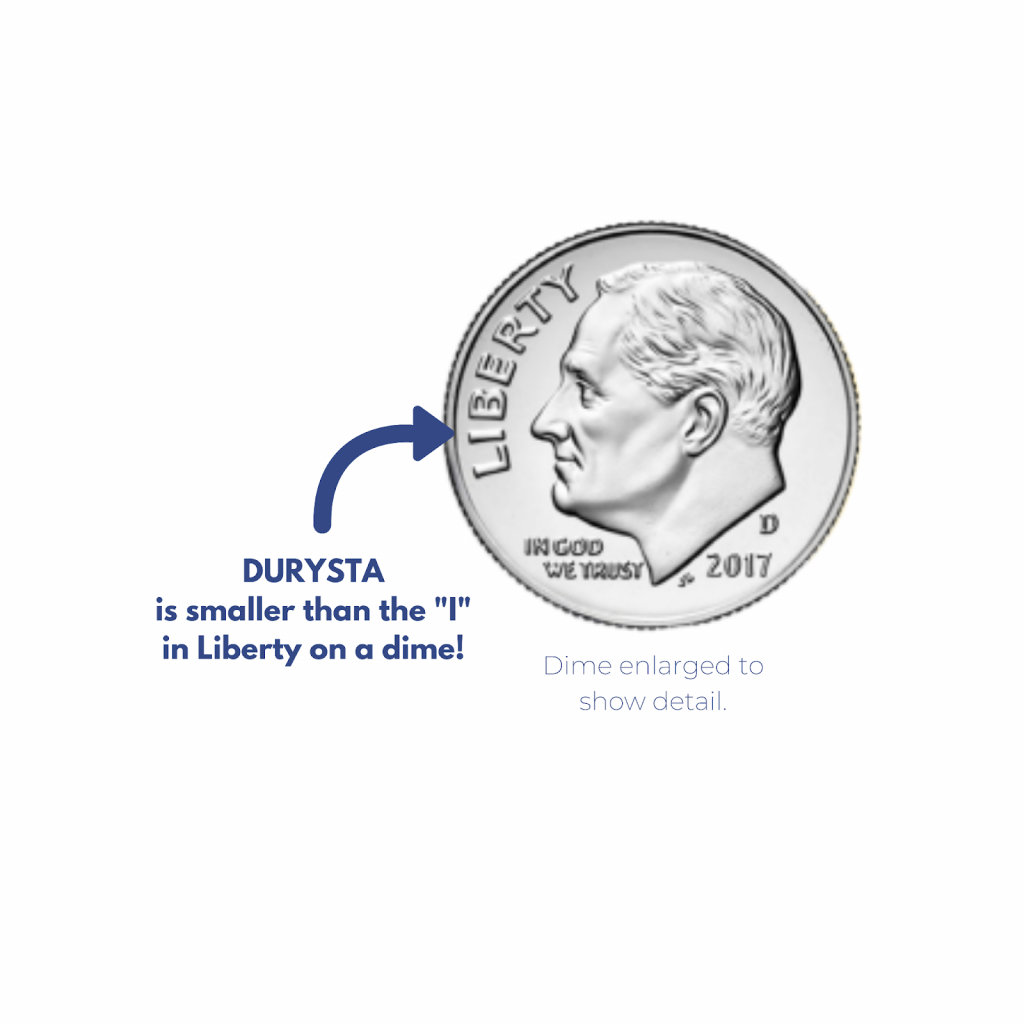What is Glaucoma?
The eye continually produces a watery substance called aqueous fluid that makes up the majority of the eye. The fluid continually exits the eye while the new fluid is produced through a drainage point. The shape of your eyes is created through the perfect balance of pressure maintained by this constant cycle.
When the drainage system in your eye becomes impaired, you will experience an increase in pressure, this is called Glaucoma. The increased eye pressure results from the rapid increase in pressure and the decrease of drainage. Your vision can be damaged as a result of this pressure.
What are the Symptoms of Glaucoma?
Initially, symptoms of Glaucoma include the loss of peripheral vision and can progress to complete blindness if it goes untreated.
Often, there are no symptoms, causing glaucoma to often be referred to as the”silent thief of sight” – a patient noticing nothing until permanent damage has been done. Ensuring healthy eyes can be achieved through routine eye exams.
What are the Risk Factors for Glaucoma?
Increasing with age, the risk of glaucoma can affect anyone. There are a few groups who are at a higher risk of contracting glaucoma:
- Genetic history of glaucoma
- Smoking
- Diabetes
- Anemia
- Hispanics
- African-Americans
- History of hypertension
Having regular eye exams will help anyone maintain healthy eyes and be aware of developments of glaucoma and other visual problems. Contact the Williamson Eye Center today to schedule your next eye exam.
How is Glaucoma Detected?
Glaucoma can be detected without dilation through a painless procedure using the Heidelberg Retina Tomograph II (HRT). This newly developed technology generates a comprehensive and precise analysis of the optic nerve. This allows for early detection and immediate action.
Measuring the intraocular pressure, testing your peripheral vision, inspecting optic nerve damage and inspection of the drainage angle of your eye will all be performed by your doctor during your evaluation for glaucoma.
Treatment Options for Glaucoma
A glaucoma diagnosis can be daunting, but luckily there are many treatments available that greatly decrease your chances of vision loss. Here at Williamson Eye Center, we are dedicated to providing our glaucoma patients with the best treatments available. That’s why we offer a range of minimally invasive glaucoma surgeries (MIGS) and now implants to deliver medication inside the eye. These treatments are aimed at reducing or potentially eliminating the need for costly and time consuming glaucoma drops by lowering eye pressure.
Medication Implant Options
Prescription eye drops are the most common treatment for glaucoma. Taken as prescribed, and put in your eyes properly, eye drops are generally affective at managing glaucoma. However, even with proper administration, the cornea, the outer layer of your eye, can prevent drops from being fully absorbed by the eye. Additional challenges include inconvenience of using drops multiple times a day, difficulty administering drops into the eye, and the expense of refills.
Williamson Eye Center is pleased to offer an effective alternative – a slow release medication implant for glaucoma management aimed to lower eye pressure and reduce or potentially eliminate the need for drops.
The procedure is quick and painless and is covered by most insurance plans. If any of these sound familiar, a glaucoma medication implant may be right for you:
- Do you have difficulty applying your eye drops every day? (Hard time using them, or forgetting?)
- Are the cost and hassle of drops a hindrance on your lifestyle?
- Are you interested in other treatment options to lower your eye pressure?
iDOSE TR
iDose TR is a tiny, FDA-approved implant. It is approximately 200 times smaller than a single drop of glaucoma medication.
Benefits of iDose TR:
- Continuously releases medication inside the eye.
- Convenient alternative to prescription eye drops.
- Reduces many of the side effects associated with prescription eye drops.
- For most patients, the procedure is painless and is performed in our outpatient surgery center.
- Fast recovery time.
- Starts working immediately to help keep your eye pressure under control.
- Approved by many insurances.

Durysta
Durysta is a dissolvable, sustained-release implant to reduce eye pressure and the need for glaucoma drops.
Learn more about the first Durysta implant surgery in Louisiana.
Durysta helps lower eye pressure for patients with open angle glaucoma or high eye pressure (ocular hypertension) and may significantly reduce or sometimes eliminate the need for their glaucoma drops. Here’s how it works:
- DURYSTA® is a tiny, dissolvable implant your eye doctor places in your eye. The implant may be done by your doctor in-office or at our surgery center, depending on your insurance coverage.
- The Durysta Implant automatically releases medicine inside the eye to help lower eye pressure, so you never have to remember to use your drops as long as it lasts.
- The implant is tiny and preservative free.
- One Durysta implant works for several months.
- The procedure is quick and painless.
Ask your doctor at Williamson Eye Center if iDose TR or Durysta medication implants may be a helpful option for you.
What Is Minimally Invasive Glaucoma Surgery (MIGS)?
Standard glaucoma surgery, such as trabeculectomy and ExPRESS shunts, are considered major surgeries. These major surgeries are effective but often come with a long list of potential complications and a longer recovery time. MIGS were developed to combat this issue.
MIGS refers to a group of glaucoma surgeries. These surgeries work by using various minimally invasive tools. The tools used during MIGS were made to create tiny incisions, reducing the incidence of complication.
Types of Minimally Invasive Glaucoma Surgery
iStent®
iStent is a tiny medical implant that effectively lowers pressure inside of the eye. The iStent® device is the smallest medical implant known to be implanted into the human body – it’s that small! Once implanted into the eye, the iStent® works to restore your eye’s natural ability to drain fluid, keep eye pressure at a safe level, and possibly allow your doctor to reduce or eliminate your glaucoma medication.
The iStent® is a micro-bypass stent. This means it creates a tiny channel through which fluid will pass through, allowing your eye to drain fluid and avoid high intraocular pressure. The iStent® is inserted during cataract surgery.
The procedure is simple. During the surgery, your surgeon will remove your cataracts and then implant the iStent® device. This will be done through a small incision on the surface of the eye (called the cornea). Once implanted, you will not see or feel the device. You will go home the same day, and recovery will take place quickly.
In August of 2018, the Williamson Eye Center became the first eye care practice in Louisiana to perform the iStent® procedure. Watch the full coverage below!
XEN® Gel Stent
The Xen® Gel Stent is a surgical implant used to lower intraocular pressure in patients with open-angle glaucoma. This device is typically used when other treatment methods have failed, such as eye drops or oral medication.
The XEN® Gel Stent is a tiny, tube-shaped device that, when inserted into the eye, becomes soft and flexible. The Xen® stent works by creating a tiny channel in the eye to drain fluid. The stent is inserted just under the conjunctiva (the clear membrane that covers the white of your eye.)
Kahook Dual Blade Goniotomy
The Kahook Dual Blade Goniotomy helps surgeons lower intraocular pressure by creating a drainage channel in the trabecular meshwork of the eye (the tissue responsible for draining fluid from the front of the eye).
This procedure can be performed during cataract surgery or as a stand-alone procedure. During this procedure, your surgeon will use the Kahook dual blade to create an incision in the trabecular meshwork, allowing increased fluid drainage.
Curious about MIGS? If you and your doctor have determined that your glaucoma medication or previous treatments have not sufficiently lowered your IOP, ask about MIGS! MIGS allows your doctor to treat your glaucoma effectively and safely, without all the hassle.
Glaucoma Cases in Louisiana
As one of the states with the highest incidences of diabetes diagnosis in the U.S., Louisiana has increased risk factors for glaucoma, which is two times as likely to occur in diabetic individuals.
For the most comprehensive treatment of glaucoma in Louisiana, trust your eyes to the Williamson Eye Center. Dr. Blake Williamson was the first eye doctor in the state to utilize the iStent® Inject procedure for the management of glaucoma symptoms, and the first in Louisiana to use the Durysta eye implant for glaucoma. At Williamson Eye Center, we continue to innovate and lead the way in glaucoma diagnosis, management, and treatment.
Early detection can be the difference. Call the Williamson Eye Center today or schedule your next eye exam online.
For more information, check out these useful resources:
- The American Academy of Ophthalmology
- The Glaucoma Foundation
- Research to Prevent Blindness or call 800-621-0026



